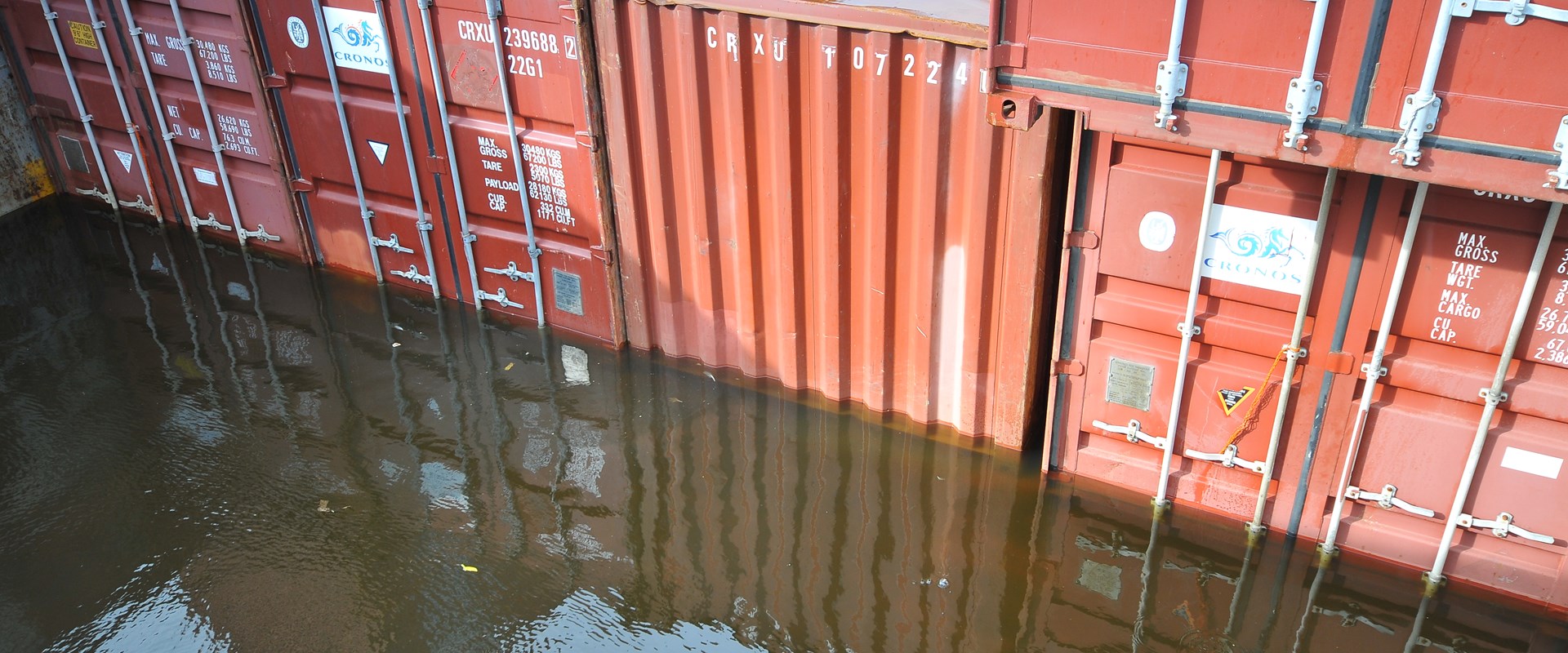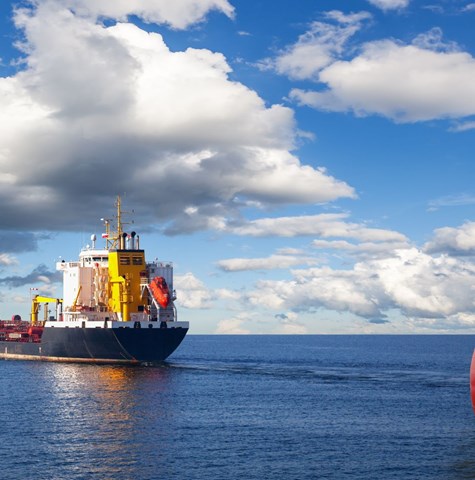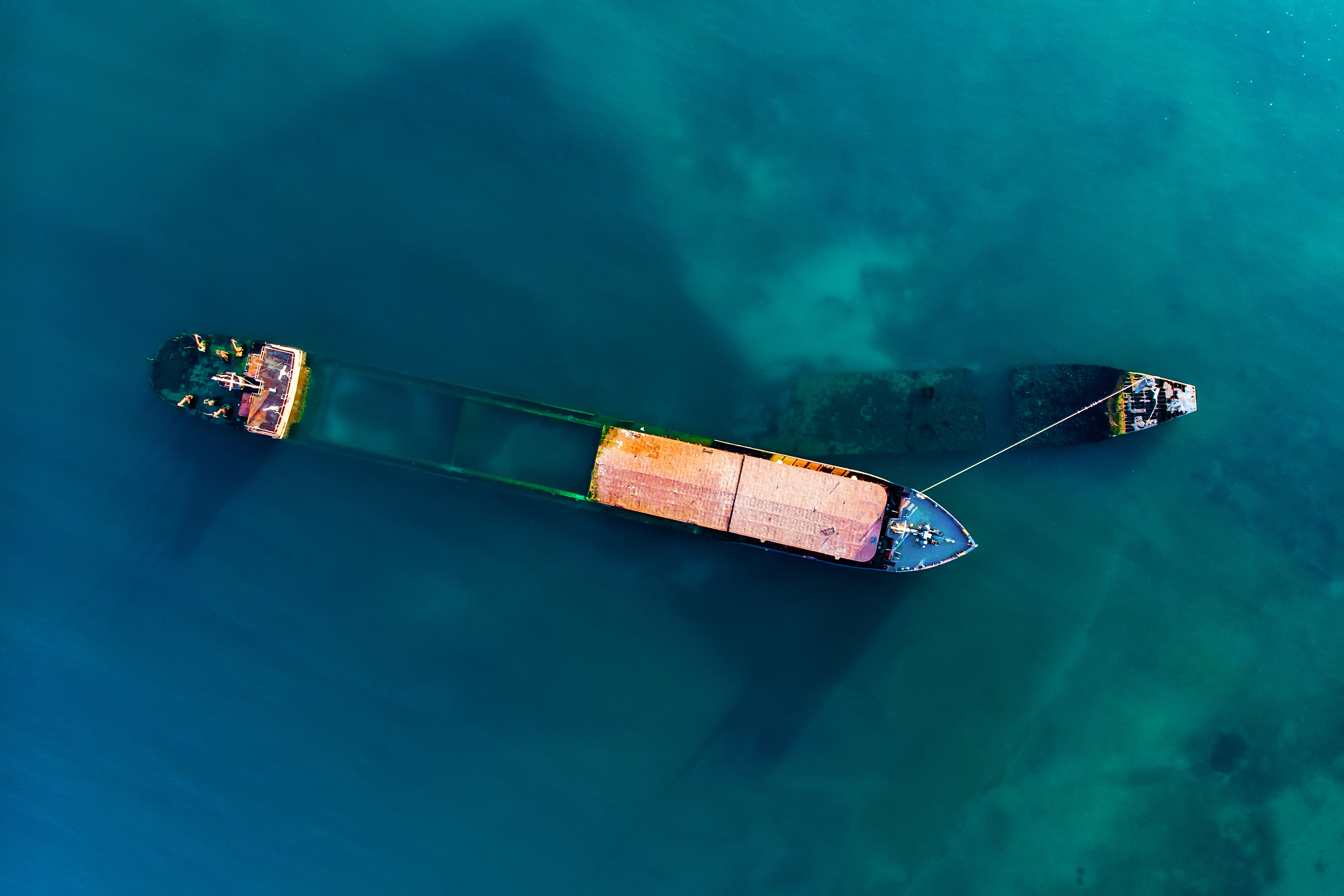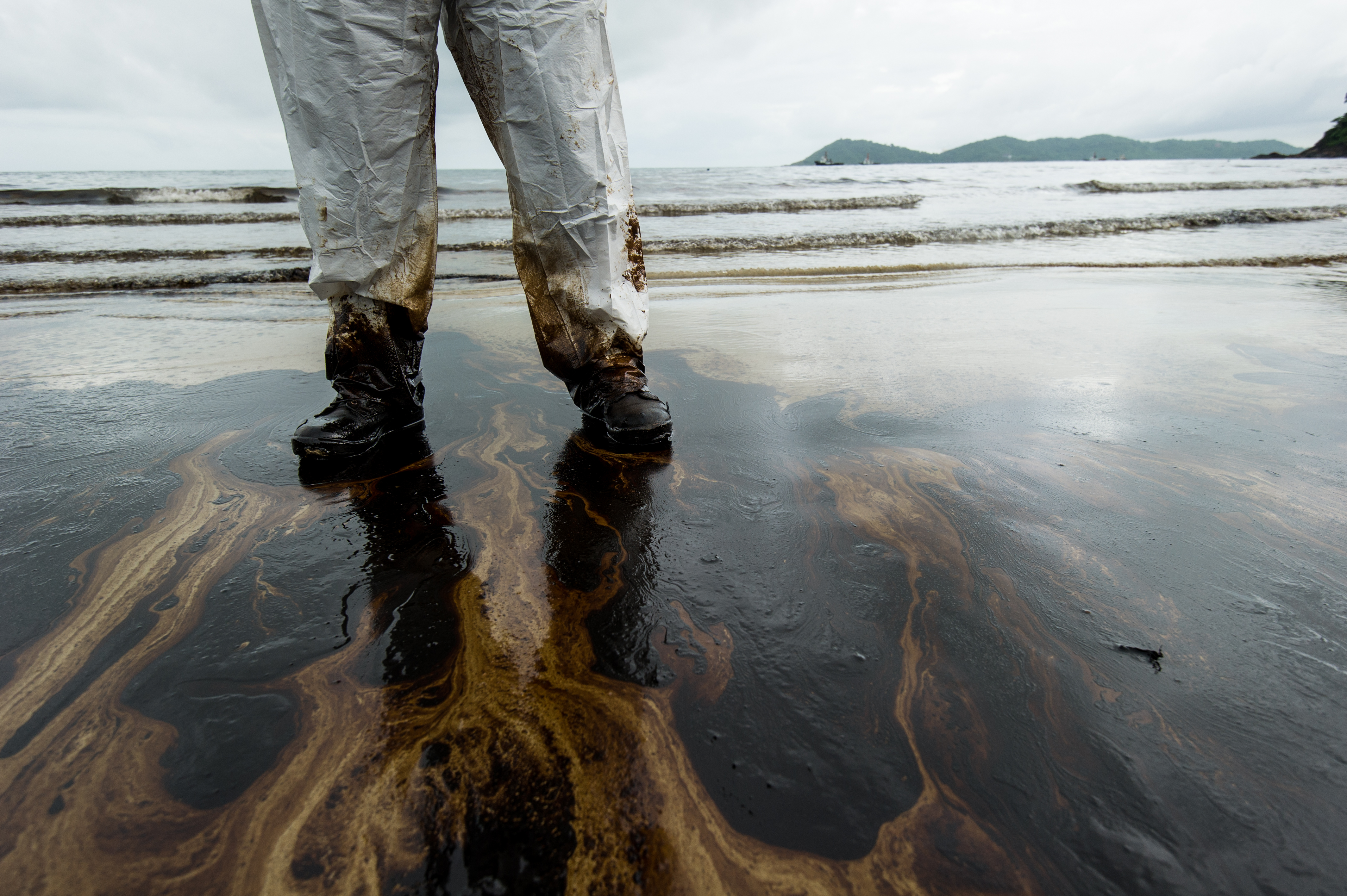
Marine incident and emergency management
We assist the international shipping industry with emergency response advice and action for an extensive range of serious incidents, 24/7 globally.
We have in-house salvage and marine incident experts from the Dutch Salvage industry, allowing us to assist the international shipping industry with emergency response advice and action for an extensive range of serious incidents, 24/7 globally.
We can rely on an extensive track record of operations to assist ship owners and insurers and collect evidence for future loss assessment and litigation purposes.
We have seen casualties during our 100 years of experience, such as groundings, flooding or even capsizes, collisions, significant cargo shifts, or collapses of a container stow. At other times, the cargo itself is the cause of the casualty. For instance, problems with spontaneous combustion of cargo, liquefaction of mineral ores or incidents related to incorrect cargo weights in containers.
There has also been a stream of casualties where fires have started in container loads of hazardous cargoes, some producing significant damage to ship and cargo or, even worse, causing injury or death to the crew.
We provide maritime expert advice to ship owners, operators and underwriters in all such cases.

Our dedicated team includes experienced salvage masters from the Dutch industry with Lloyds SCR (Special Casualty Representative) accreditation.
Our core salvage team comprises experienced masters and naval architects, marine engineers and lifting specialists, with many years of experience in salvage and wreck removal, for either marine, coastal or inland operations.

As well as oil spills, fuel leakages and failure of bunkering operations, damage to the environment can also be caused by loss of deck cargo overboard, emission of toxic gases from tankers, and the spread of soot from exhaust gases. We combine surveying with environmental and oil and gas expertise, making us uniquely qualified to advise on all such incidents.
We respond rapidly to emergencies, including ship groundings and unplanned discharges. We are responsive and design monitoring programs and collect meaningful data, no matter the size of the crisis or the remoteness of the impacted area.
